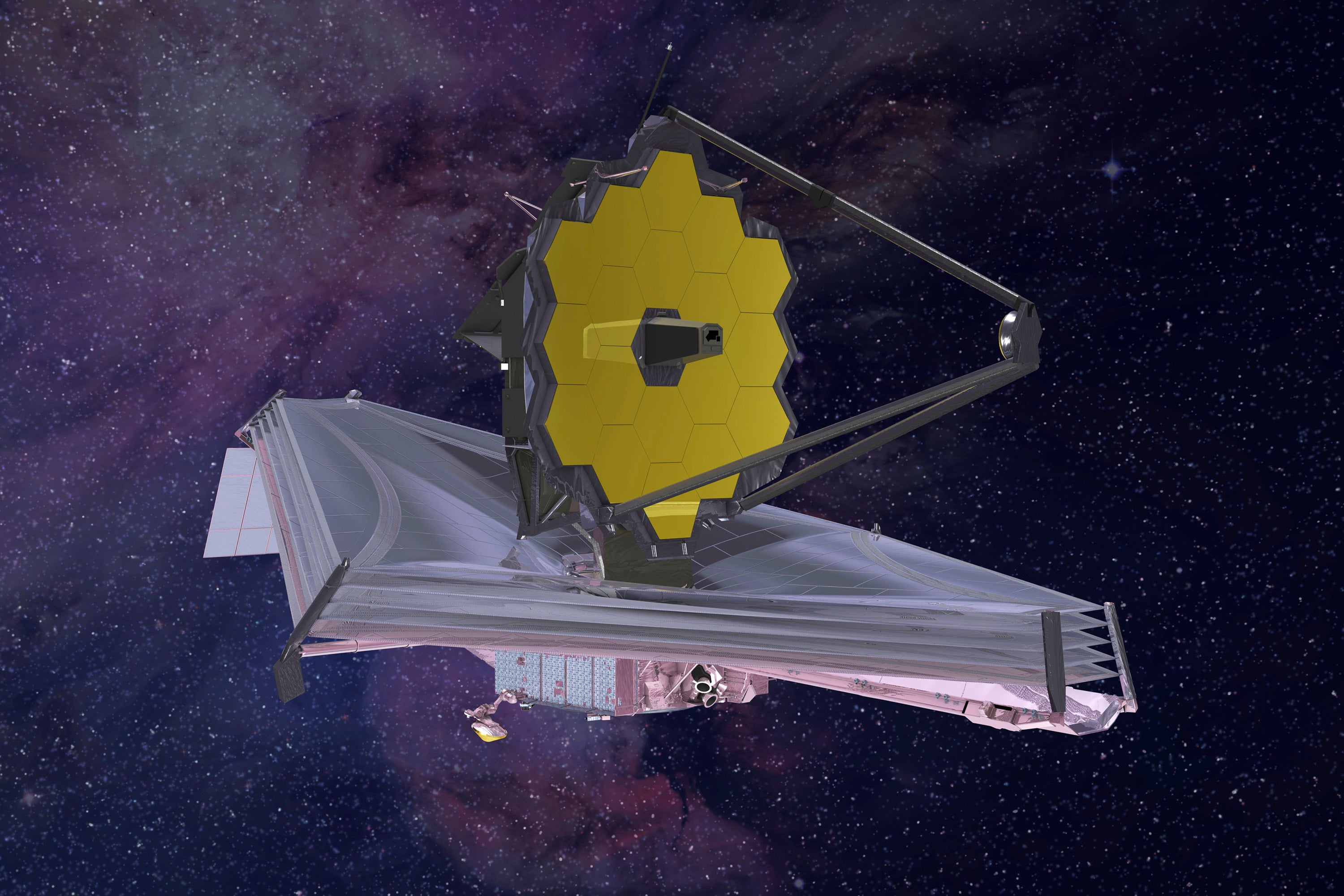Webb telescope faces accuracy challenge, but fix is on the way
An astronomer on Twitter pointed out this week that it was a “huge relief” that the discrepancies in Webb’s earlier observations were not as large as previously thought

The James Webb Space Telescope may have an accuracy problem. Fortunately, it’s not as bad as some scientists first thought.
It wasn’t only the public that rushed to view Webb telescope images and data when they were released on 14 July — many scientists also rushed to look and analyze the first observations from the telescope. Many of those researchers also published, as of yet, non-peer reviewed papers based on those Webb observations.
While researchers at the Space Science Telescope Institute (STScI) in Baltimore worked to calibrate Webb’s instruments after the telescope launched in late 2021, they were unable to finely tune one of the instruments before Webb went live for the public and scientific community on 14 July.
STScI would continue calibrating Nircam, releasing a new set of calibrations later in July. That presented a problem for astronomers who had already complete analyses of Webb observations using the initial telescope calibrations, and in some cases it appeared their results would need very large adjustments or corrections.
As reported by the news section of the journal Nature, that revelation caused a minor panic among scientists who had already written papers based on early Webb data.
But according to Gabriel Brammer, an astronomer with the Cosmic Dawn Center in the Niels Bohr Institute in Copenhagen, new calibration files from STScI show that the discrepancies in Webb’s earlier observations were not as large as once thought.
“Perhaps some room for improvement, but I think various groups now agree at the 3-5% level as opposed to having large discrepancies as large as 25%,” he wrote in a post to social media website Twitter on Tuesday. “This is a huge relief!”
Launched on Christmas Day in 2021, the Webb telescope brought new views of the cosmos to the public on beginning in 14 July, when Nasa released the first images taken by Webb and processed by STScI to the public.
In the months since, scientists have used Webb to image some of the most distant objects ever seen, the dust around black holes, exoplanets, and even Mars and Neptune in our own Solar System.
Calibration discrepancies are not the only challenges the Webb telescope has faced since beginning its mission.
Micrometeorite strikes damaged one of Webb’s mirror segments in May, but not enough to impair the big telescope’s vision.
More recently, a “grating wheel,” a component of a spectrometer in Webb’s Mid-Infrared Instrument, or Miri, was showing more friction than normal when in use. Nasa announced in a 20 September blog post that that portion of Miri will remain shutdown until the problem can be solved by an anomaly review board setup on 6 September.
Join our commenting forum
Join thought-provoking conversations, follow other Independent readers and see their replies
Comments
Bookmark popover
Removed from bookmarks